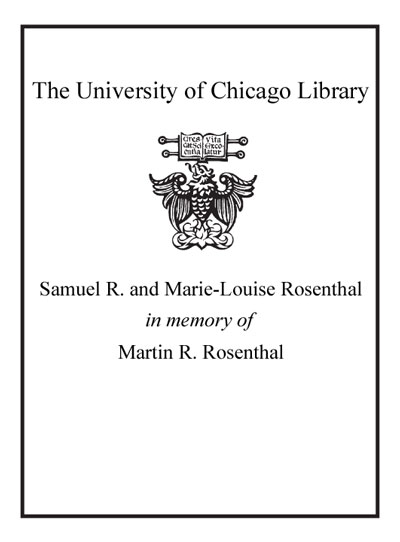Review by Choice Review
Dai (William Paterson Univ.) has drawn from an impressive range of primary sources to chronicle the Qing dynastic rulers' adept transformation of Sichuan province from an impoverished, underpopulated, and war-torn region in the mid-17th century into a key strategic and economic area of China by the end of the 18th century. She argues that the impetus for change was the need to make Sichuan a launching pad for military operations in Tibet as Tibet became the focal point of conflict between the emerging Qing and growing Zunghar Mongol empires. Dai convincingly shows how first the Kangxi, then the Yongzheng and Qianlong emperors came to recognize Sichuan as an independent frontier staging area. Immigration into the region was encouraged, and artificially low taxes became the norm in order to fill the granaries of Sichuan. Important complementary works are the studies of Peter Purdue, China Marches West (CH, Mar'06, 43-4203), on the Zungars; Luciano Petech, China and Tibet in the Early 18th Century (2nd ed., 1972), on Tibet; and Robert Entenmann's 1982 dissertation, "Migration and Settlement in Sichuan, 1644-1766." This book is a brilliant study of the interplay between regional and central governments during a pivotal period as China expanded into Tibet and Xinjiang. Summing Up: Essential. Upper-division undergraduates and above. V. J. Symons Augustana College (IL)
Copyright American Library Association, used with permission.
Review by Choice Review

